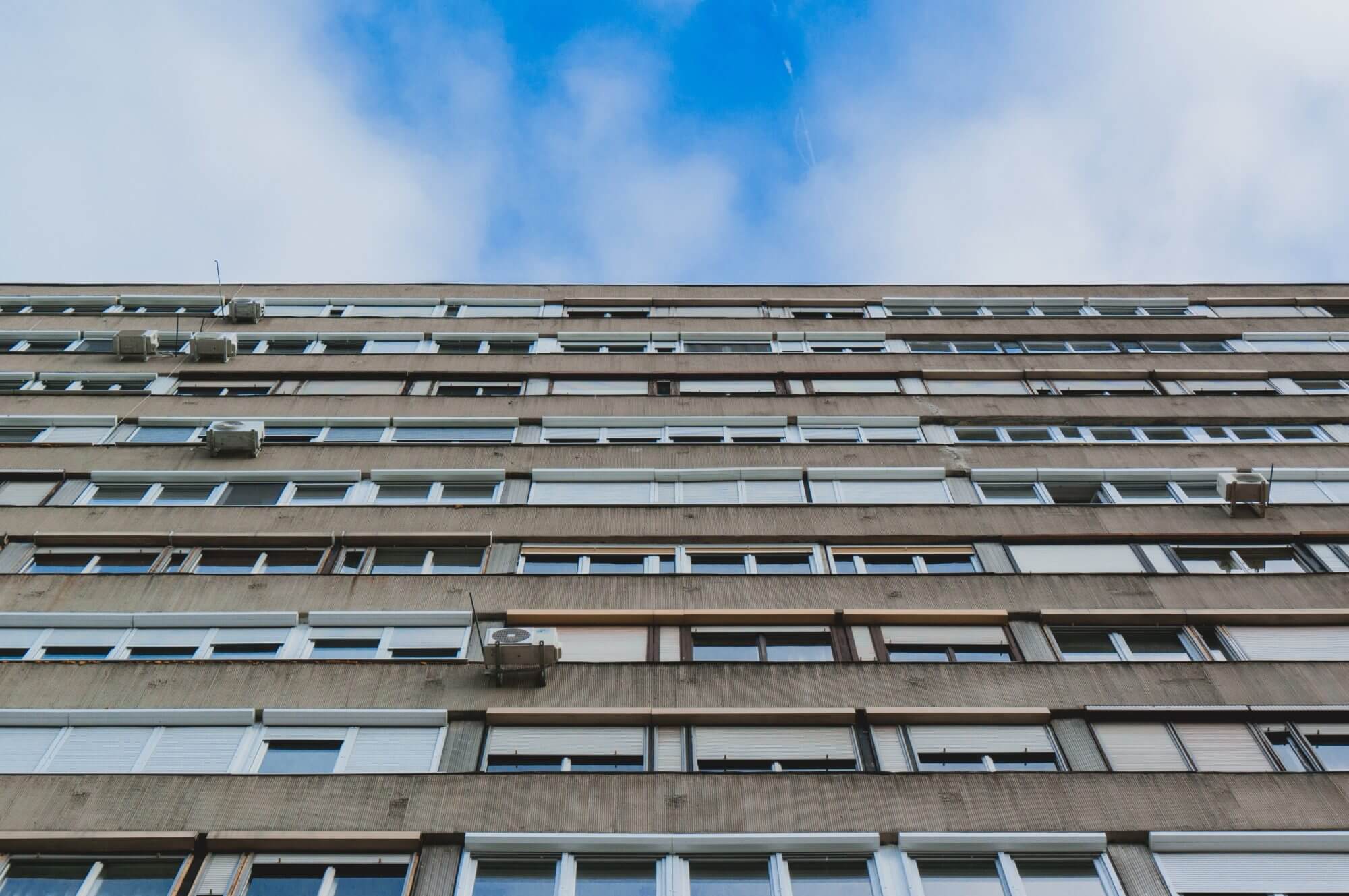No money topic is too big or too small. Welcome to the Mouthy Money Podcast,…
Read More →

No money topic is too big or too small. Welcome to the Mouthy Money Podcast,…
Read More →
Welcome to Mouthy Money Competitions! We offer regular personal finance book, and other special competitions, to readers.
Read More →
From building trust with clients to giving back through charity, Rob Lewis shares what it…

Are you wondering whether it might be a good idea to buy some life insurance?…
Read More →
Savers unable to pay for financial advice could soon benefit from ‘targeted support’. Pictured: A couple receive information from a professional.
Read More →
Money moves across borders – but good advice doesn’t always. In the latest episode of…
Read More →
From building trust with clients to championing young talent, Robert Lewis shares what it really…
Read More →
Mouthy Money readers can win one of six copies of 10 things I love about…
Read More →
Editor Edmund Greaves ponders his falling house price and what to do now he wants…
Read More →
The NHS is struggling to meet basic needs for many, pushing editor Edmund Greaves to…
Read More →
Health insurance in the UK is becoming more relevant as NHS challenges continue. This guide…
Read More →
The Bank of England’s Monetary Policy Committee (MPC) voted 6-3 to maintain its base rate…
Read More →
Copyright @ 2017 Mouthy Media LTD, All Rights Reserved. Cookie and Privacy Policy & Comments Policy. Designed by Buck Studio. Company registration number 10880346.